In today's booming cosmetics industry, exquisite packaging serves as not only the first impression that attracts consumers but also a crucial carrier of brand image. Plastic bottles, as the mainstream choice for cosmetics packaging, have their quality and safety directly tied to the market acceptance of products and the brand's reputation. However, the procurement process of plastic bottle packaging materials for cosmetics is fraught with hidden pitfalls that could inflict immeasurable damage on a brand if not handled with caution. This article will reveal the three most common traps in purchasing plastic bottle packaging materials for cosmetics, empowering you to make informed and safe purchasing decisions.

Trap 1: The Allure of Low Prices, Compromised Quality
Phenomenon Analysis: Some suppliers in the market lure buyers with extremely low prices, but these low prices often come at the cost of compromised quality due to cost-cutting measures. This may result in substandard material selection, rough production processes, and plastic bottles with issues such as excessive harmful chemicals, poor sealing, and easy deformation. These quality issues directly impact the shelf life and efficacy of cosmetics, potentially even endangering consumers' health.
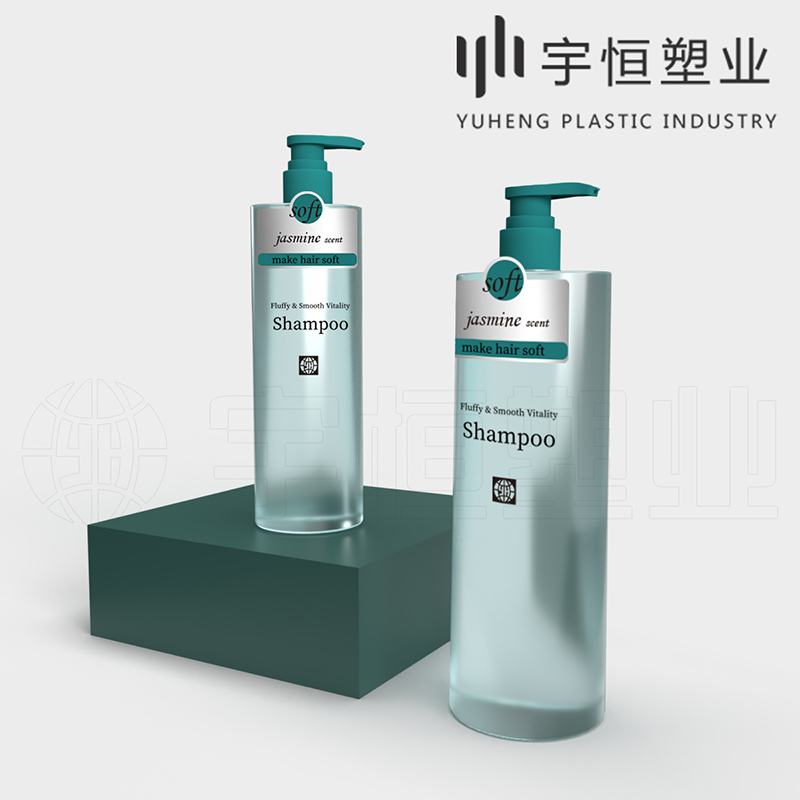
Coping Strategy: Avoid blindly pursuing low prices. Instead, comprehensively evaluate suppliers' qualifications, production experience, product certifications (e.g., FDA, SGS), and sample test reports. Establish long-term partnerships with suppliers and conduct regular quality audits to ensure the stability and reliability of product quality.

Trap 2: Design Plagiarism, Risk of Infringement
Phenomenon Analysis: While striving for unique designs to captivate consumers, some unscrupulous suppliers may directly copy the packaging designs of well-known brands to reduce costs and shorten development cycles. This can not only embroil brand owners in legal disputes, damaging brand image, but also hinder market acceptance due to designs that fail to align with the brand's tone.
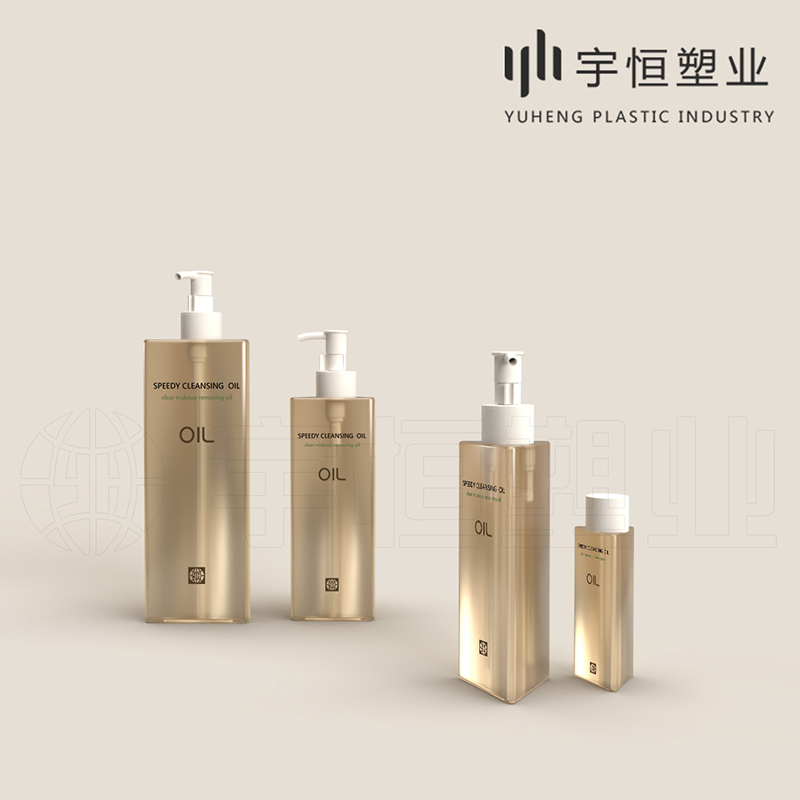
Coping Strategy: Clarify design requirements and sign confidentiality agreements before procurement to ensure design originality. Partner with suppliers with a solid reputation and creative capabilities, encourage original designs, and protect your intellectual property through copyright registration and other means.
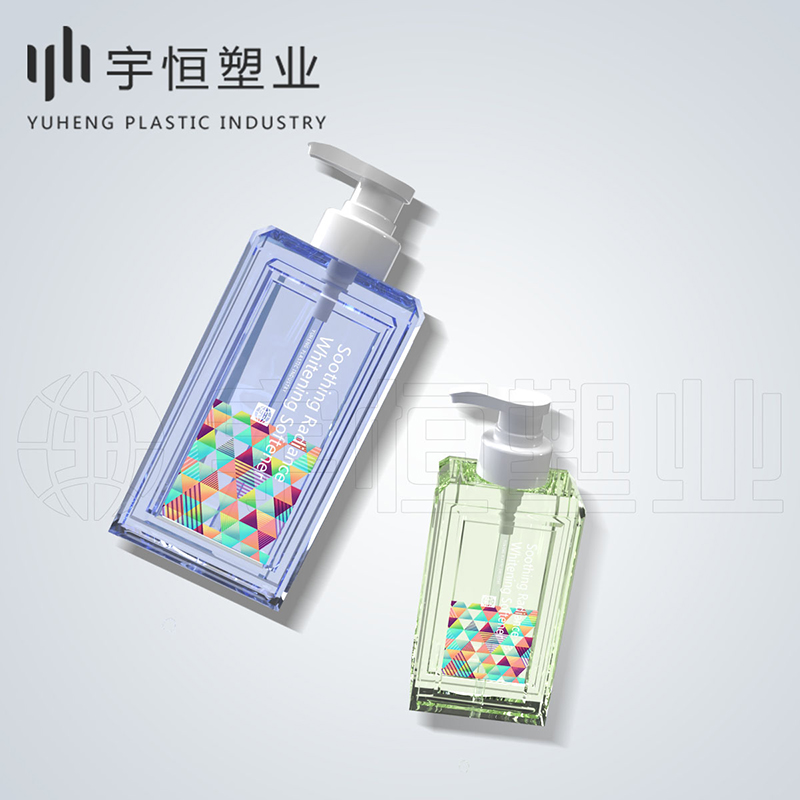
Trap 3: Greenwashing Claims, False Environmental Credentials
Phenomenon Analysis: With the rising awareness of environmental protection, many cosmetics brands prioritize sustainable packaging. However, some suppliers advertise their products as "eco-friendly" or "recyclable" without actually meeting genuine environmental standards, sometimes even using non-biodegradable materials, misleading consumers and tarnishing brand images.
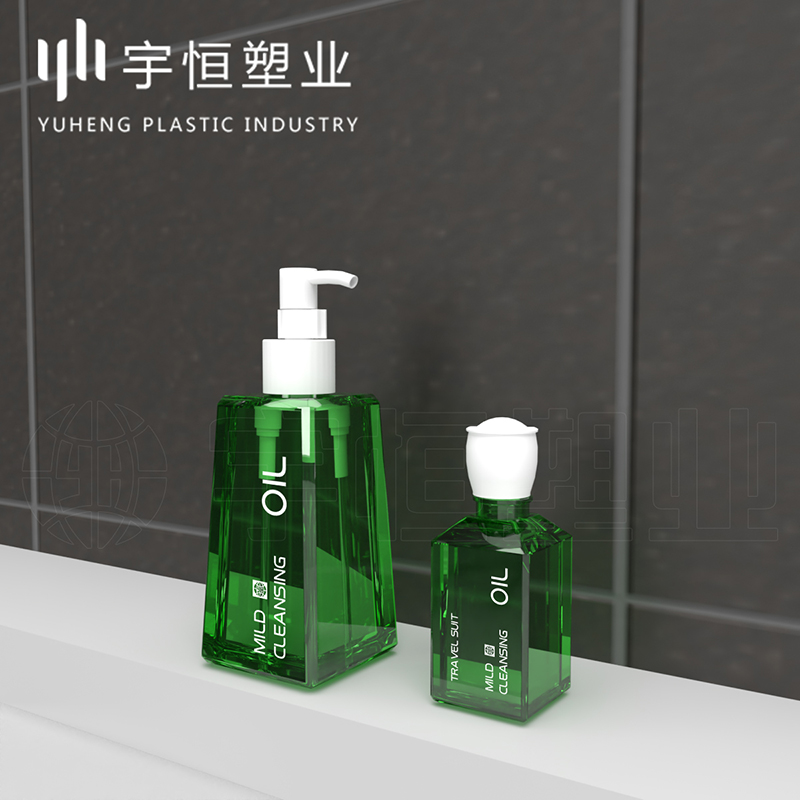
Coping Strategy: Delve into suppliers' production processes and material sources, demanding detailed environmental certifications and test reports (e.g., RoHS, REACH). Prioritize suppliers that use bio-based, biodegradable, or recycled materials. Focus on packaging designs that are minimalist, recyclable, and reusable, jointly promoting the green transformation of cosmetics packaging.
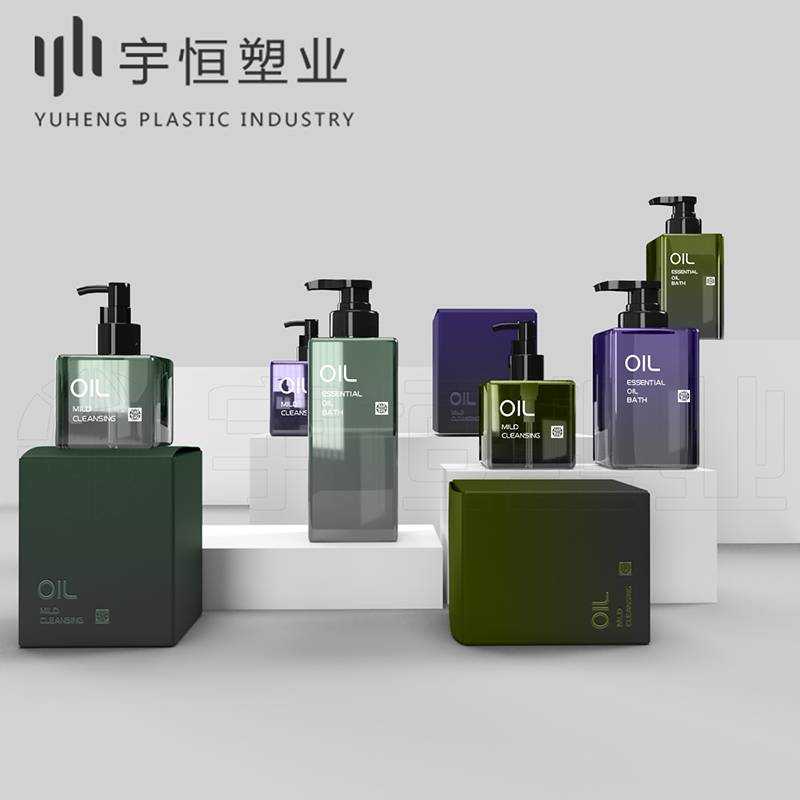
In conclusion, procuring plastic bottle packaging materials for cosmetics is a complex and meticulous task requiring keen market insight and professional knowledge. By avoiding these three major pitfalls, buyers can effectively enhance procurement efficiency, safeguard product quality, and secure a broader market space for their brands.




